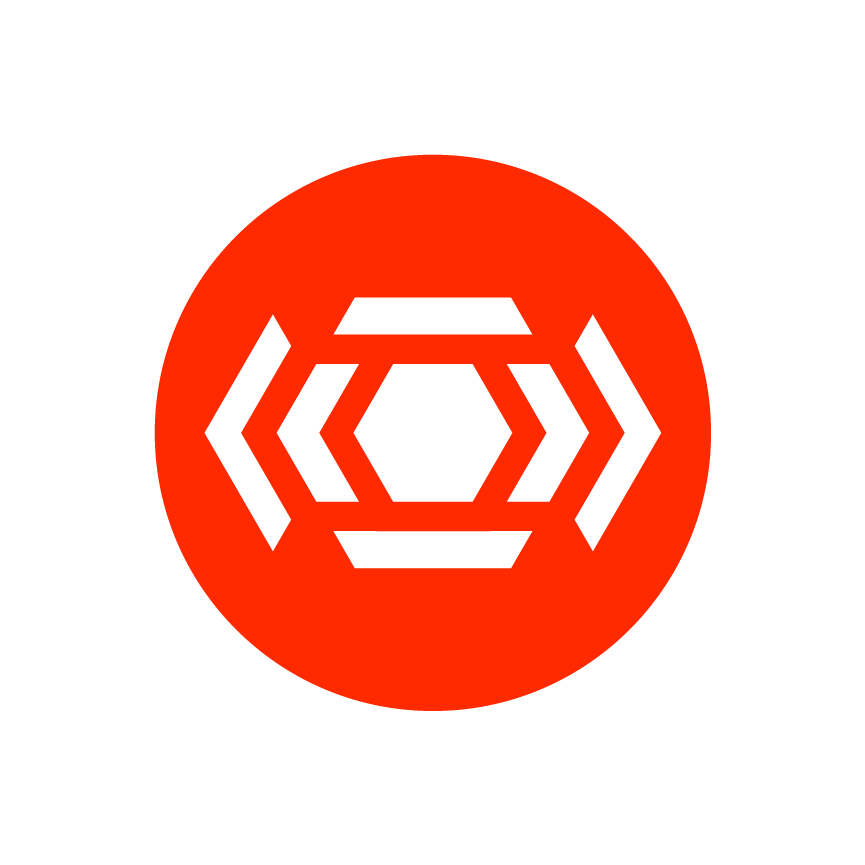
Press Kit
About Linera
Linera is the first blockchain infrastructure optimized to provide web3 applications with unprecedented horizontal scaling, bringing the infinite scalability of Web2 to Web3. Founded by Mathieu Baudet, a former Meta/Novi engineer and researcher with a PhD in cryptographic protocols, Linera redefines blockchain scalability by pioneering microchains – lightweight chains that operate in parallel within a common set of validators.
Mathieu Baudet (Founder/CEO of Linera) holds a PhD in security protocols and years of experience building distributed systems as an infrastructure engineer at Meta. As a researcher on Libra/Novi, he worked on an academic protocol called FastPay which laid the foundations for the Linera protocol.
Timeline
-
Founded in 2021 by Mathieu Baudet, former researcher at Libra/Novi and co-author of the FastPay academic paper. Raised $6 MM in seed fundraising in 2022 led by a16z crypto.
-
Released whitepaper in 2022. Invited to give research talks at the Science of Blockchain Conference ‘22 (Stanford) as well as Aptos Labs and Chainlink Research in 2023.
-
Made initial SDK available for testing in 2023 and launched the first Linera Developer School program, a four-week program for developers to learn Linera’s new multi-chain programming paradigm and build on the SDK.
-
Raised an additional $6 million investment round, for a total of $12 million to date in seed funding. The round was led by Borderless Capital, with participation from Laser Digital Ventures, DFG, Cadenza, Block1, Eterna Capital, MH Ventures, Matrixport, L2IV, ArkStream, Flow Traders, GSR Markets, and OWC, with continued support from a16z crypto, Tribe Capital, and Cygni Capital, who participated in the initial seed round.
-
Thanks to the new funding, Linera will be expanding the team, launching a devnet and a testnet for the protocol and fostering a strategic presence in the APAC region while continuing to grow their developer school.

Introducing microchains
Linera redefines blockchain scalability by pioneering microchains – lightweight chains that operate parallel within a common set of validators. The Linera system scales by adding chains, not by increasing the size or the production rate of blocks.
Technology
The competition for blockspace in traditional Layer 1 blockchains, coupled with limited production rates and block sizes, creates a bottleneck during traffic peaks, leaving users outpriced or delayed, rendering the infrastructure effectively unavailable.
This is in part due to the design of the infrastructure itself: architectures based on a single chain make users compete for blockspace. This makes sense for applications that require a shared state between all users (e.g. AMMs, order books, flash loans). Yet, many applications are more naturally organized in terms of user accounts and objects.
-
Linera pushes the FastPay research further by generalizing its execution and communication models to support smart contracts and arbitrary asynchronous messages between chains.
Linera is the first blockchain to introduce the concept of microchains, lightweight blockchains that run in parallel in a single set of validators.
The Linera system scales by adding chains, not by increasing the size or the production rate of blocks. The number of microchains present in the Linera system is meant to be unlimited, thereby providing unlimited blockspace as a service.
-
In Linera, a validator is a web2-like service that validates and executes all the chains.
During times of high demand, validators scale elastically by dividing their workload between as many internal workers (aka shards) as needed, bringing the scalability of web2 to web3.
-
Microchains reflect an evolution from single monolithic chains to app chains to user chains. Linera’s model introduces a paradigm shift comparable to the evolution of databases from SQL to NoSQL, paving the way for the next generation of web3 applications.
Through microchains, Linera brings end users (more specifically, their user wallets) back at the center of the protocol. Its groundbreaking microchain model grants each individual user their own lightweight chains, which integrate into browser extensions or mobile devices for streamlined web3 app interactions within their wallets.
Linera optimizes performance for web3 applications used by a large number of active users in parallel, enabling unprecedented horizontal scalability for use cases such as:
Retail payments and gaming micro-rewards;
Messaging, social data feeds, and turn-based games;
Proprietary trading;
Version control systems for software, data pipelines, or AI training.
-
The initial Linera SDK is now available for testing, targeting Rust developers. The programming model of Linera does not depend on a specific programming language, so that more languages (e.g. Solidity) may be supported in the future.
For our virtual machine, we are impressed by the WebAssembly (Wasm) ecosystem, which is rapidly developing at the intersection of web development, cloud infrastructure, and blockchain.
Using Rust as a source language to build Wasm applications, Rust programmers can work in their preferred environments, making it as easy as possible for developers to build on Linera.
R E S O U R C E S
Learn more about Linera
Access the information and tools you need to share the Linera story. Connect with our community for questions and the latest updates.
FAQ’s
YouTube
Whitepaper
Logos & Images
Our brand and visual voice communicate the values and vision of the Linera project.













